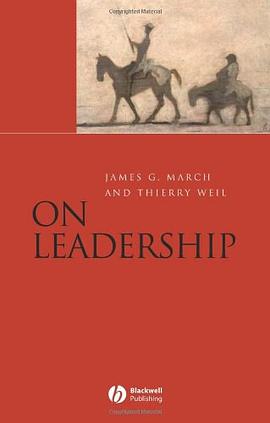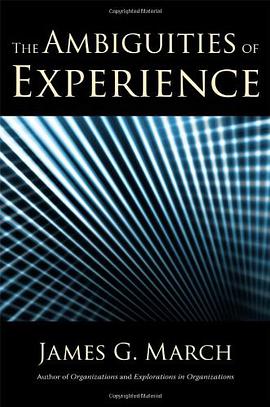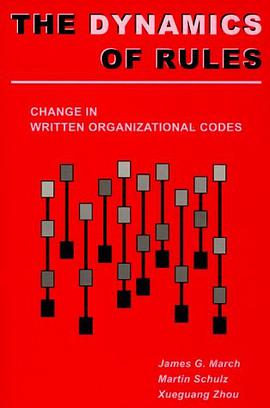On Leadership 豆瓣
作者:
James G. March
/
Thierry Weil
Wiley-Blackwell
2005
- 11
For over 50 years, James G. March has made a sustained and innovative contribution to the study of organizations. In his renowned course on leadership at Stanford University he explores the problems of leadership using works of great literature, such as War and Peace and Don Quixote. These essays are based on March's notes for his course lectures. The notes have been interpreted by Thierry Weil, and translated here from his original French interpretation.March uses literature to examine a set of dilemmas related to leadership - questions concerning the balance between private life and public duties, between ingenuity and innocence, between diversity and integration, and between the expression and the control of sexuality. He encourages us to explore ideas that are sometimes subversive and unpalatable, but may allow organizations to adapt in a rapidly changing world.


